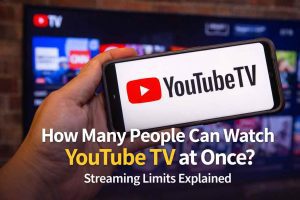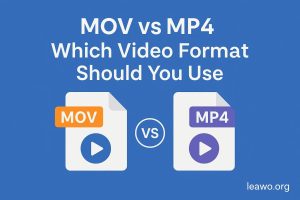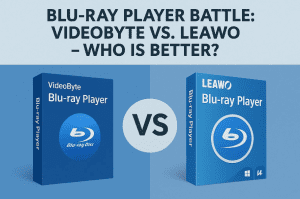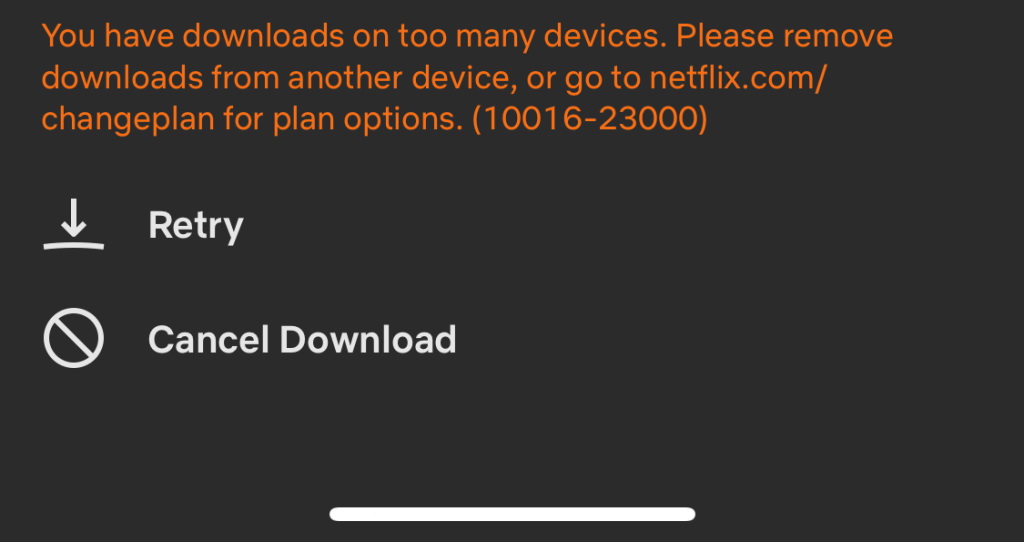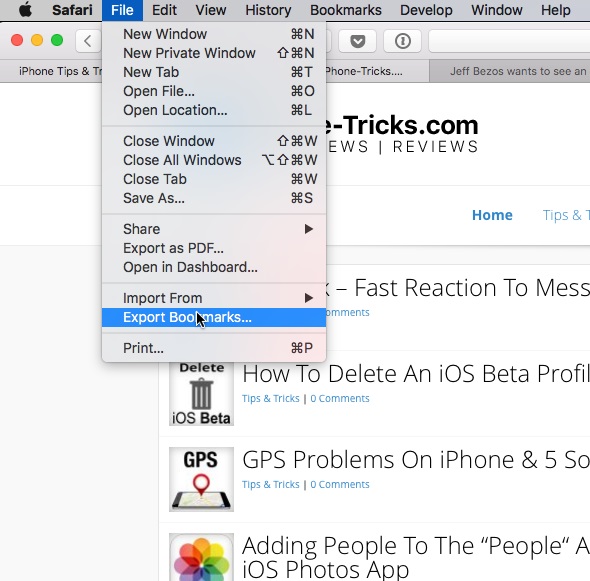What is YouTube
What is YouTube
YouTube is a video-sharing website, created by three former PayPal employees in February 2005, on which users can upload, view and share videos. The company is based in San Bruno, California, and uses Adobe Flash Video and HTML5 technology to display a wide variety of user-generated video content, including movie clips, TV clips, and music videos, as well as amateur content such as video blogging, short original videos, and educational videos.
Most of the content on YouTube has been uploaded by individuals, although media corporations including CBS, the BBC, Vevo, Hulu, and other organizations offer some of their material via the site, as part of the YouTube partnership program. Unregistered users can watch videos, while registered users can upload an unlimited number of videos. Videos considered to contain potentially offensive content are available only to registered users at least 18 years old. In November 2006, YouTube, LLC was bought by Google for US$1.65 billion, and now operates as a subsidiary of Google.
Features
Playback
Viewing YouTube videos on a personal computer requires the Adobe Flash Player plug-in to be installed on the browser. The Adobe Flash Player plug-in is one of the most common pieces of software installed on personal computers and accounts for almost 75% of online video material.
In January 2010, YouTube launched an experimental version of the site that uses the built-in multimedia capabilities of web browsers supporting the HTML5 standard. This allows videos to be viewed without requiring Adobe Flash Player or any other plug-in to be installed. The YouTube site has a page that allows supported browsers to opt in to the HTML5 trial. Only browsers that support HTML5 Video using the H.264 or WebM formats can play the videos, and not all videos on the site are available.
Uploading
All YouTube users can upload videos up to 15 minutes each in duration. Users who have a good track record of complying with the site’s Community Guidelines may be offered the ability to upload videos up to 12 hours in length, which requires verifying the account, normally through a mobile phone. When YouTube was launched in 2005, it was possible to upload long videos, but a ten-minute limit was introduced in March 2006 after YouTube found that the majority of videos exceeding this length were unauthorized uploads of television shows and films. The 10-minute limit was increased to 15 minutes in July 2010. File size is limited to 2 GB for uploads from the YouTube web page, or 20 GB if up-to-date browser versions are used.
YouTube accepts videos uploaded in most container formats, including .AVI, .MKV, .MOV, .MP4, DivX, .FLV, and .ogg and .ogv. These include video formats such as MPEG-4, MPEG, VOB, and .WMV. It also supports 3GP, allowing videos to be uploaded from mobile phones. Videos with progressive scanning or interlaced scanning can be uploaded, but for the best video quality, YouTube suggests interlaced videos are deinterlaced prior to uploading. All the video formats on YouTube use progressive scanning.
Quality and codecs
YouTube originally offered videos at only one quality level, displayed at a resolution of 320×240 pixels using the Sorenson Spark codec (a variant of H.263), with mono MP3 audio. In June 2007, YouTube added an option to watch videos in 3GP format on mobile phones. In March 2008, a high quality mode was added, which increased the resolution to 480×360 pixels. In November 2008, 720p HD support was added. At the time of the 720p launch, the YouTube player was changed from a 4:3 aspect ratio to a widescreen 16:9. With this new feature, YouTube began a switchover to H.264/MPEG-4 AVC as its default video compression format. In November 2009, 1080p HD support was added. In July 2010, YouTube announced that it had launched a range of videos in 4K format, which allows a resolution of up to 4096×3072 pixels. However, it was lowered to 2048 x 1536 as of 2012.
YouTube videos are available in a range of quality levels. The former names of standard quality (SQ), high quality (HQ) and high definition (HD) have been replaced by numerical values representing the vertical resolution of the video. The default video stream is encoded in H.264/MPEG-4 AVC format, with stereo AAC audio.
3D videos
In a video posted on July 21, 2009, YouTube software engineer Peter Bradshaw announced that YouTube users can now upload 3D videos. The videos can be viewed in several different ways, including the common anaglyph (cyan/red lens) method which utilizes glasses worn by the viewer to achieve the 3D effect. The YouTube Flash player can display stereoscopic content interleaved in rows, columns or a checkerboard pattern, side-by-side or anaglyph using a red/cyan, green/magenta or blue/yellow combination. In May 2011, an HTML5 version of the YouTube player began supporting side-by-side 3D footage that is compatible with Nvidia 3D Vision.
Content accessibility
YouTube offers users the ability to view its videos on web pages outside their website. Each YouTube video is accompanied by a piece of HTML that can be used to embed it on any page on the Web. This functionality is often used to embed YouTube videos in social networking pages and blogs. Embedding, as well as ranking and commenting, can be disabled by the video owner.
YouTube does not usually offer a download link for its videos, and intends for them to be viewed through its website interface. A small number of videos, such as the weekly addresses by President Barack Obama, can be downloaded as MP4 files. Numerous third-party web sites, applications and browser plug-ins allow users to download YouTube videos. In February 2009, YouTube announced a test service, allowing some partners to offer video downloads for free or for a fee paid through Google Checkout. The default settings when uploading a video to YouTube will retain a copyright on the video for the uploader, but since July 2012 it has been possible to select a Creative Commons license as the default, allowing other users to reuse and remix the material if it is free of copyright.
You May Also Interest in
No related article




